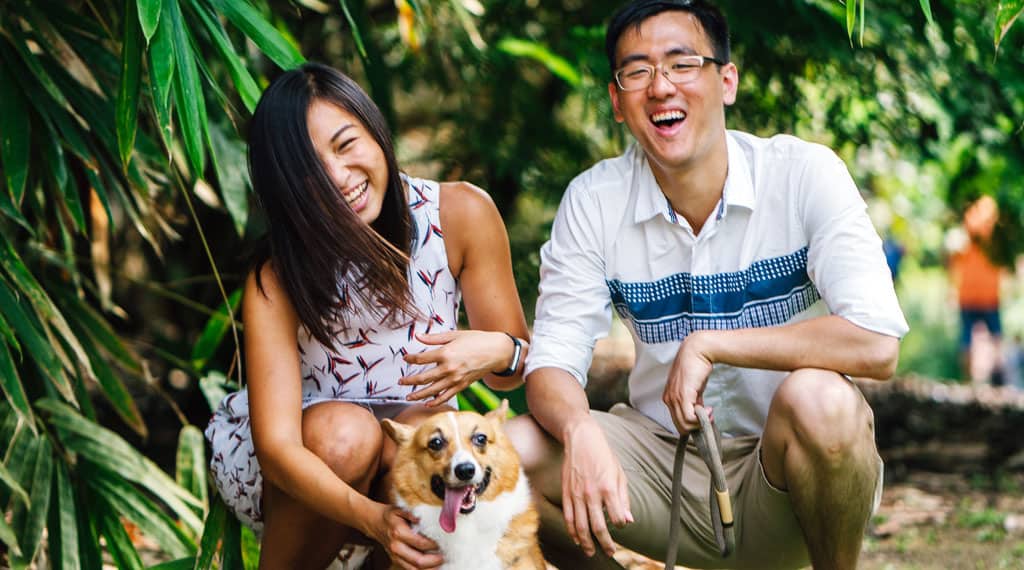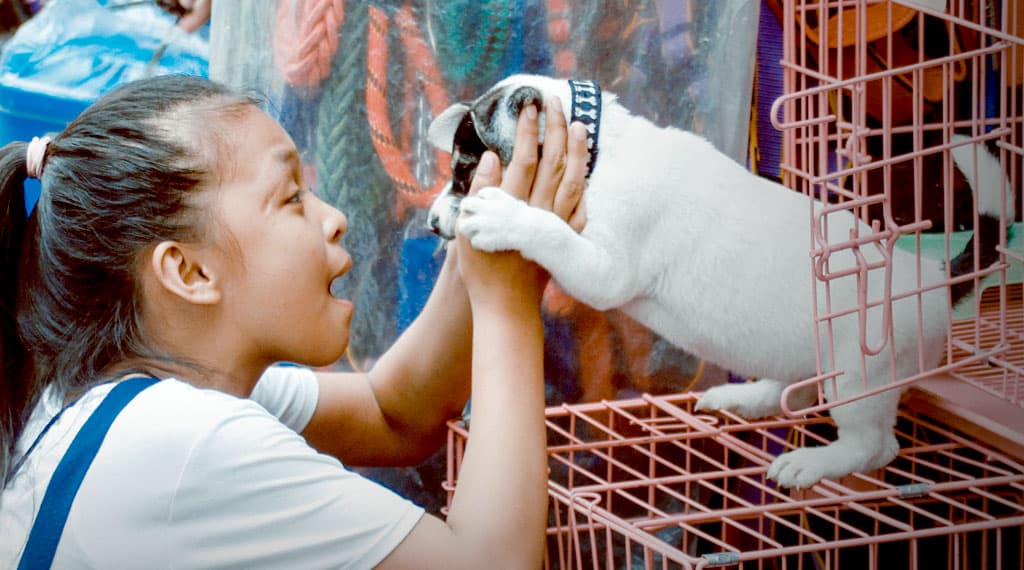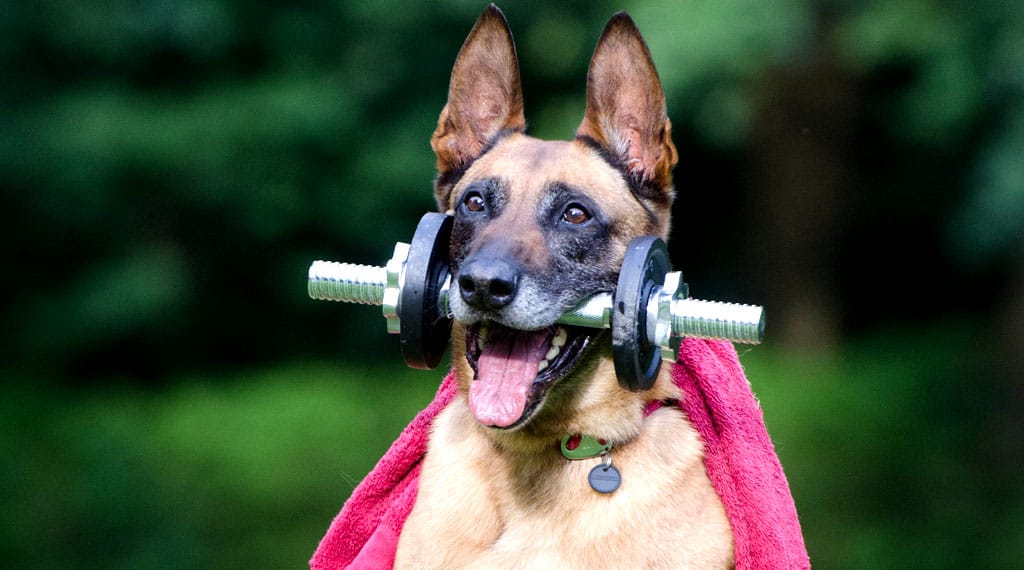Before we begin, it’s essential to remember that every dog breed has unique characteristics and temperaments. Some are more energetic than others, while some might be naturally more submissive or independent. Understanding your dog’s personality will help tailor your training approach to their specific needs. Additionally, keep in mind that effective dog training requires consistency, persistence, and a lot of positive reinforcement. It’s not a quick fix; it’s a long-term commitment between you and your furry friend. Now, let’s explore these 20 tips that will transform your relationship with your beloved pup!
Tip #1: Start with Basic Commands:
When it comes to basic obedience commands, there are five must-haves: sit, stay, come, down, and heel. Teaching these fundamental skills sets the foundation for further training and strengthens the bond between you and your dog. To teach these commands effectively, ensure you provide plenty of treats, praise, and affection as rewards. Keep training sessions short, around 5-7 minutes, to prevent boredom and maintain engagement. For example, to teach your dog to sit, hold a treat above their head and move it slightly forward and backward until they follow it with their nose. Then, say “sit,” and the moment their bottom touches the floor, reward them with the treat and lots of praise. Repeat this process daily, gradually increasing the time they need to remain seated before receiving their prize.
Tip #2: Be Consistent:
Dogs thrive on routine and clear boundaries. Use the same commands and gestures every time you give instructions to avoid confusion. If you’ve multiple family members involved in training, make sure everyone uses identical techniques and vocabulary. This uniformity helps your dog recognize and respond to cues more efficiently.
Tip #3: Positive Reinforcement:
Positive reinforcement is an excellent tool for shaping your dog’s behavior. Reward good behavior with treats, praise, playtime, and affection rather than punishing bad behavior. By focusing on the positive aspects, your dog learns faster and develops a stronger connection with you.
Tip #4: Use Treats Strategically:
Treats are an indispensable asset during early training stages. They serve as powerful motivators for desired behaviors. However, as your dog becomes more proficient in basic commands, start phasing out treats gradually. Instead, substitute treats with verbal praise, playtime, and affection. This shift helps your dog understand that good behavior earns them rewards beyond just food.
Tip #5: Choose the Right Equipment:
Invest in high-quality, comfortable equipment such as collars, harnesses, leashes, and identification tags. Proper gear enhances safety and ensures your dog feels secure and relaxed during training. For instance, if your dog pulls heavily during walks, consider switching to a harness instead of a collar to minimize discomfort and reduce pulling.
Tip #6: Practice Patience:
Training a dog takes time, effort, and tremendous patience. Don’t expect your dog to master everything in a single session. Breaking tasks into smaller steps and building upon previous successes is key. Calmly and clearly communicate commands without frustration or anger. Remember, your dog wants to please you; they might simply need more practice or clarification.
Tip #7: Train in Different Environments:
To help your dog generalize learned behaviors, train in various locations and situations. For example, if your dog knows the “stay” command at home, try practicing it in a park, pet store, or a friend’s house. This variation prepares your dog for real-life scenarios and reduces the likelihood of environmentally triggered misbehavior.
Tip #8: Socialization Is Vital:
Socialization is critical for puppies and adult dogs alike. Expose your dog to different people, sights, sounds, textures, and experiences. Doing so helps eliminate fearfulness and aggression towards unfamiliar stimuli and other living creatures. You can socialize your dog by attending puppy classes, visiting dog parks, taking walks in busy areas, and having friends with diverse pets visit your home.
Tip #9: Watch Body Language:
Observe your dog’s body language to identify signs of stress, anxiety, or feeling overwhelmed. Pay attention to cues such as yawning, panting, avoidance, lowering their ears or tail, or excessive licking. When you notice any of these signs, take a break, and redirect your dog’s focus to something enjoyable. Then, resume training after they seem relaxed and focused again.
Tip #10: Teach Problem Solving Skills:
Encourage your dog to think critically by providing interactive toys, puzzle games, and obstacle courses. These challenges help stimulate mental growth and alleviate boredom, which may lead to destructive behavior. Rotate toys regularly to keep things interesting and prevent stagnation.
Tip #11: Reinforce Good Habits:
Reinforce good habits proactively to prevent unwanted behaviors. For example, teaching your dog to walk beside you on a loose leash instead of pulling can save countless hours of frustration later. Similarly, instilling a “drop it” or “release” command can protect your dog from swallowing dangerous objects.
Tip #12: Set Realistic Goals:
Set achievable goals based on your dog’s age, breed, and individual abilities. Puppies under six months shouldn’t participate in formal training due to joint concerns. Instead, focus on socialization, basic manners, and simple obedience exercises. Older dogs might require more time to adjust to new routines, so be patient and modify training accordingly.
Tip #13: Train with Distractions:
As your dog progresses, incorporate distractions into training sessions. Begin by introducing mild diversions, such as background noise, other pets, or people, then gradually increase the intensity. This step helps prepare your dog for unexpected events and fortifies their understanding of commands.
Tip #14: Use Music and Sounds:
Utilize music and sounds to aid in training and create a productive atmosphere. Upbeat tunes can energize both you and your dog, while calming melodies may help anxious dogs relax. Additionally, sound effects like clapping, whistling, or clicking can draw attention and mark desired actions.
Tip #15: Train Off-Leash:
Off-leash training enables your dog to respond reliably to commands even when there’s no physical barrier between you. Start in controlled environments like empty parks, large backyards, or fenced-in fields. Make sure your dog comprehends the “come” and “stay” commands before attempting off-leash training. Gradually increase distance and distractions as your dog shows improvement.
Tip #16: Practice Agility Training:
Agility training fosters physical fitness and mental stimulation for your dog. It involves navigating obstacles like tunnels, jumps, weave poles, and A-frames. Not only does this exercise strengthen the bond between you and your dog, but it also improves coordination and reflexes. Just remember to ease your dog into agility training slowly to prevent injuries.
Tip #17: Integrate Trick Training:
Trick training provides entertainment for you and your dog while enhancing their cognitive abilities. Teach tricks like “shake,” “roll over,” “play dead,” and “spin.” These exercises promote joy, teamwork, and concentration. You can even turn trick training into a fun bonding activity by using treats and positive reinforcement.
Tip #18: Address Separation Anxiety:
Separation anxiety affects dogs differently, causing destruction, vocalization, and panic when left alone. Introduce short periods of isolation gradually, starting from a few minutes and extending up to 30 minutes. Provide mentally stimulating activities, comfort items like blankets or stuffed animals, and leave a familiar object with your scent, like an old T-shirt. Desensitize your departure cues by casually putting on your coat and shoes, then ignoring your dog for a bit before leaving. Upon return, greet them calmly without fanfare to reduce anxiety triggers.
Tip #19: Learn Basic Grooming:
Basic grooming not only keeps your dog clean and well-groomed, but it also promotes healthy skin and coat conditions. Brush their coats regularly to remove tangles and loose hair. Trim nails monthly to prevent overgrowth, which causes discomfort and potential health issues. Clean their ears and eyes weekly to prevent infections. Plus, brushing teeth helps reduce tartar buildup and prevents dental problems.
Tip #20: Show Love and Affection:
Lastly, don’t forget to shower your furry companion with love and affection. Spend quality time together doing activities you both enjoy, such as hiking, playing fetch, or snuggling during movie nights. Recognize and celebrate milestones, whether big or small. The bond between humans and dogs is rooted in mutual respect, trust, and love. Nurture this connection, and you’ll experience a fulfilling friendship.
Conclusion:
Welcoming a dog into your life is an incredible journey filled with laughter, learning, and adventure. Training is a crucial aspect of responsible dog ownership, ensuring both you and your furry friend benefit from a successful partnership.



